Language
You can read the magazine in one of the following languages
Geolocation
You can read the global content or the content from your region
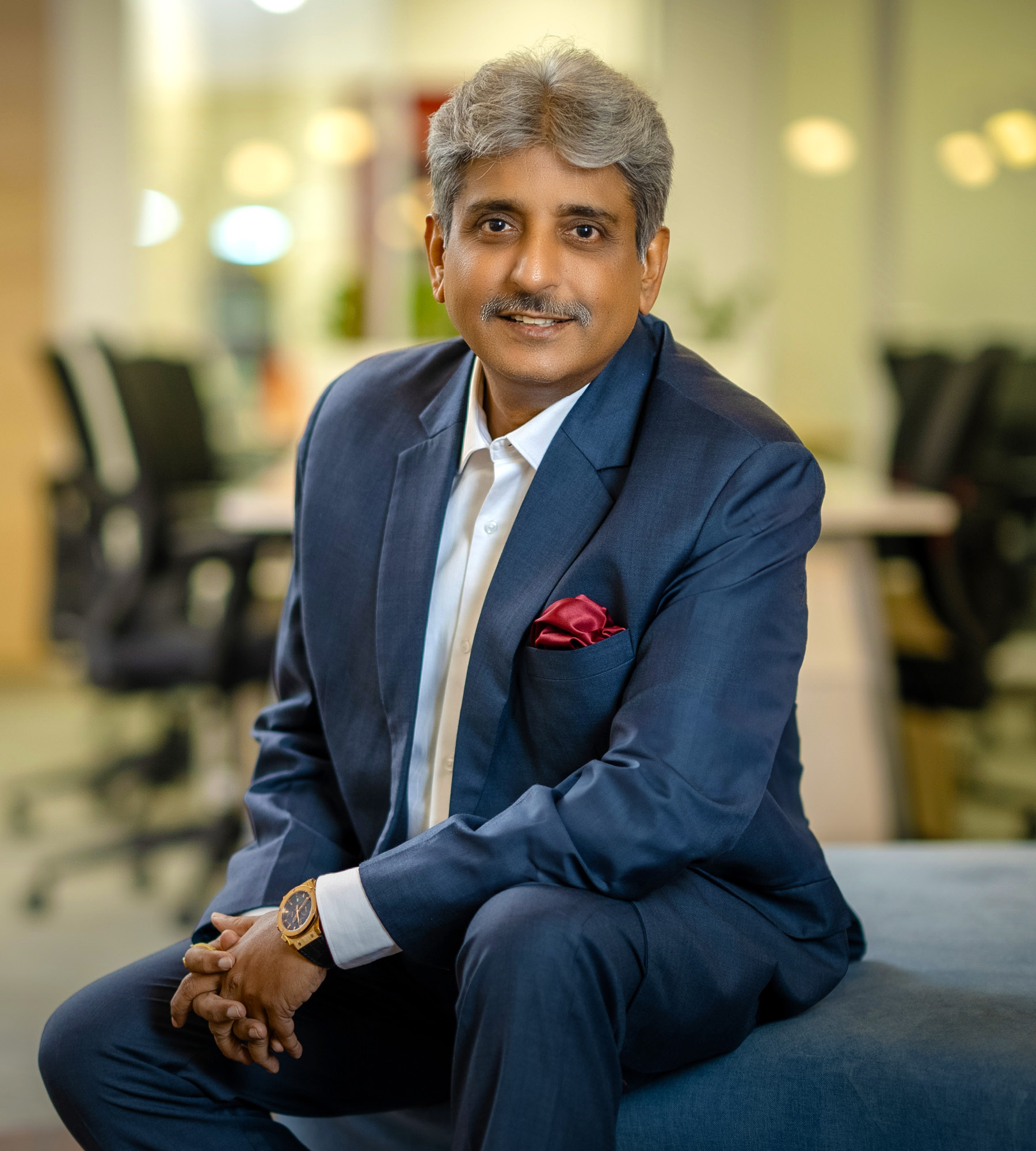
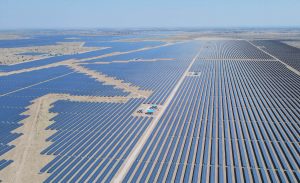
As the third-largest energy consumer globally, India’s energy appetite is projected to double by 2070, driven by industrial expansion, urbanization and an increasing population. To meet these demands while also addressing sustainability, India’s reliance on renewable energy sources will be indispensable.
The country has already made significant strides in solar and wind energy, yet the transition must accelerate further to decarbonize the economy, ensure energy security and meet global climate commitments.
Leading India’s transition to renewables is Mahindra Susten, the flagship entity of Indian multinational conglomerate Mahindra Group. Under the transformational leadership of Managing Director and CEO Deepak Thakur, the company has become a central player in the renewables sector in India, and thus in the global energy landscape as India emerges as a geopolitical heavyweight.
“When I joined, Susten was already a well-established and a very credible player in the renewable energy space,” Thakur tells The CEO Magazine. “Susten was primarily seen as premier engineering, procurement and construction player with execution delivery of nearly 4.2 gigawatt-peak and independent power producer [IPP] project developer operating 1.54 gigawatt-peak capacity.”
For the uninitiated, an engineering, procurement and construction (EPC) contract is where energy contractors provide fully formed energy facilities to IPPs, which can begin power generation at the turn of a key. This is in contrast to IPPs, which generate power in-house to sell on to public utilities and end consumers.
“Around the time I joined, we made a strategic decision to pivot from third-party EPC services and focus on becoming a renewable, integrated IPP player, positioning ourselves for greater growth and impact in the clean energy sector,” Thakur says. “By integrated, what I mean is that we decided to extend our focus beyond solar power to look at wind and solar hybrids, energy storage and round-the-clock projects.
“So instead of looking outwards for business, the focus of our project development expertise turned inwards.”
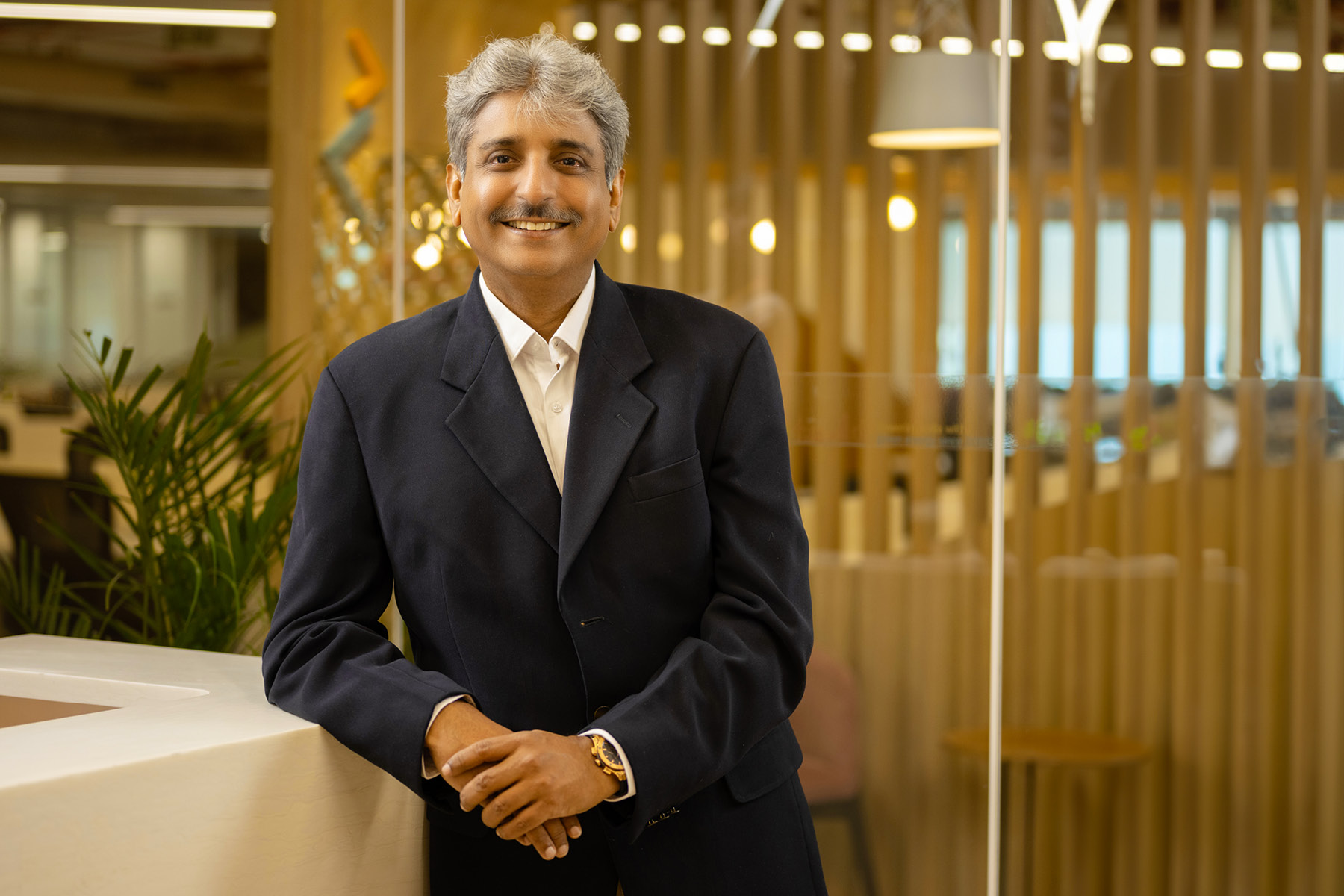
“The economics of renewables are becoming more and more viable, and are only getting better in comparison to fossil fuels.”
This change in strategy brought with it an ambitious target of five-times growth in five years, which Thakur realized they could not do alone in a capital-intensive renewables sector.
“If we wanted to achieve this growth, we knew we needed a strong partner,” says Thakur. “Fortunately, we found Ontario Teachers’ Pension Plan, who initially acquired a 30 percent stake in the business, followed by an additional 9.99 percent a year later,” he says.
Together, Mahindra Susten and Ontario Teachers’ Pension Plan launched an infrastructure investment trust (InvIT) in January of this year, which is the largest renewable energy InvIT in the country. The right of first offer between the InvIT and Susten positively impacts cash conversion cycles and supports propelling Susten toward its growth target, while the InvIT gets access to high-pedigree operating assets providing robust annuity returns.
“Both entities benefit greatly – it’s a win–win solution,” Thakur adds.
The climate crisis, of course, mandates an urgent and global transition to renewable energy, but there are factors in India that are building momentum for the renewable energy Susten is producing.
“There is obviously an overall need for the country to look at renewables and that’s why the government, both central and state, are focusing on pushing toward that,” Thakur says.
“One key reason is energy security. We’re still importing coal, something we never expected for this country, and around 70–80 percent of our oil and gas is also imported. This poses a significant challenge for energy security, which can be only addressed through renewable energy solutions.”
Thakur also notes that the financial incentives are also becoming harder to ignore.
“The economics of renewables are becoming more and more viable, and are only getting better in comparison to fossil fuels,” he says.
He is confident that Susten is well prepared for further developments in the renewables space.
“At Susten we are in a good position to capitalize on the upcoming market trends,” he says.
“I think you’ll see a larger proliferation of standalone energy storage, on both the transmission and distribution side. Three years ago we built one of the first solar and storage integrated projects in the town of Modhera in Gujarat, India’s first energy self-reliant town, where we set up a six-megawatt solar project integrated with 19-megawatt-hour battery energy storage system.”
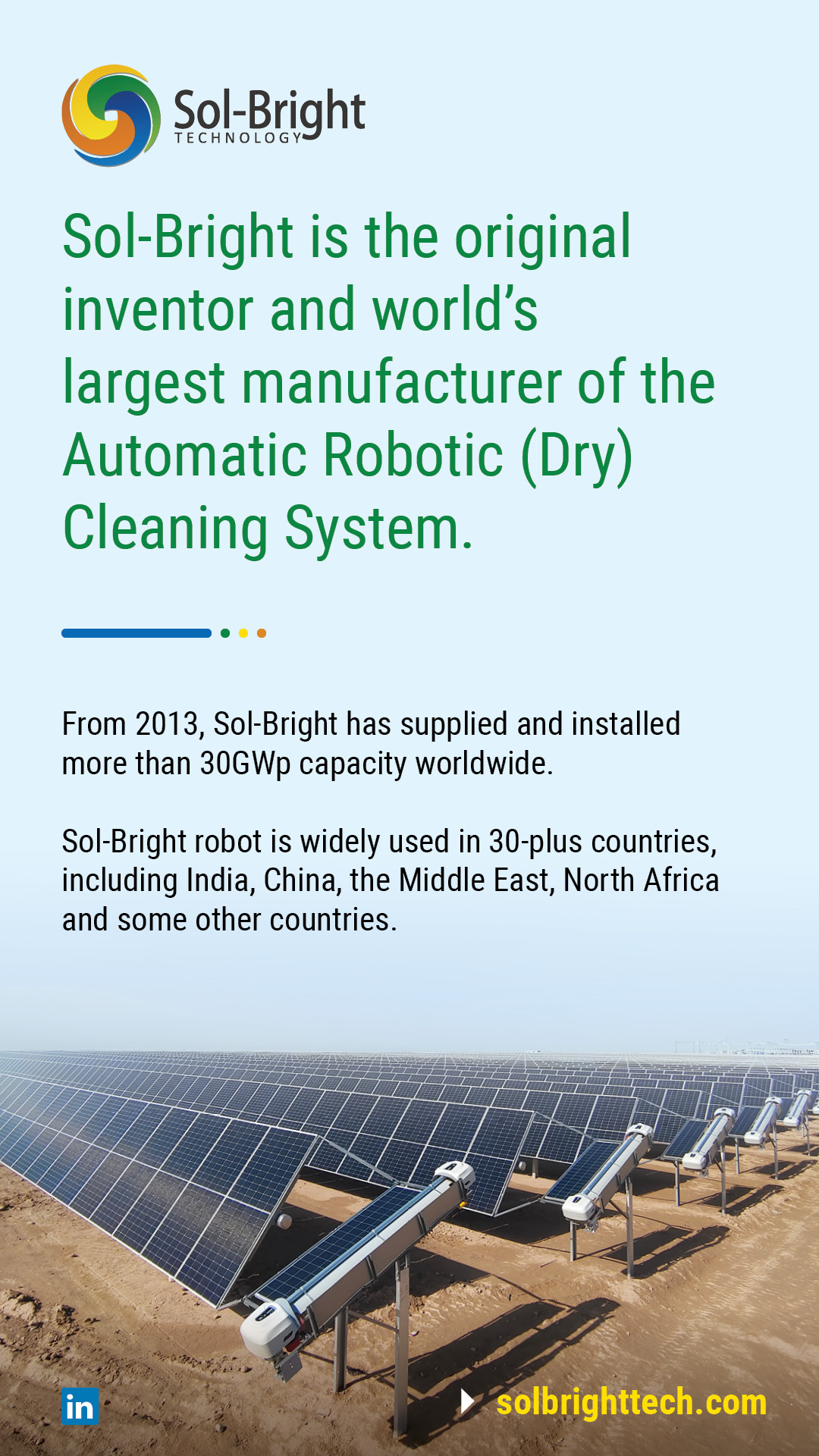
Further opportunities are arising from the Indian government’s energy incentives.
“There will be a huge growth opportunity for rooftop solar because of this government subsidy, which is aiming to cover 10 million homes,” he says. “This will be a huge catalyst for growth within the decentralized renewable energy space which needs to be addressed as much as utility scale projects build in order for India to really democratize energy.”
Green hydrogen is an area being sharply pursued by the government, Thakur says, and one Susten will keep a keen eye on.
“Green hydrogen requires renewable energy, so we will continue to focus on being best in class and do the highest pedigree of renewable energy plant development.”
Susten is driving significant growth within India’s renewables sector under the leadership of Thakur, but he realizes it is not a task that he can do alone. First off, he pays tribute to the partners of Susten, such as Solbright Infrastructure, and the unwavering strength of its collaborations.
“The way we operate with partners is, there is a mutual respect,” he says. “There is a strong focus on equitable partnerships. They bring value to the table and enable us to deliver the solutions that we conceive.”
He discusses how Susten uses benchmarking to help its partners achieve high performance. It vociferously ensures sustainability across its supply chain.
“We need to work necessarily with vendor partners who are ESG compliant in all respects,” Thakur says.
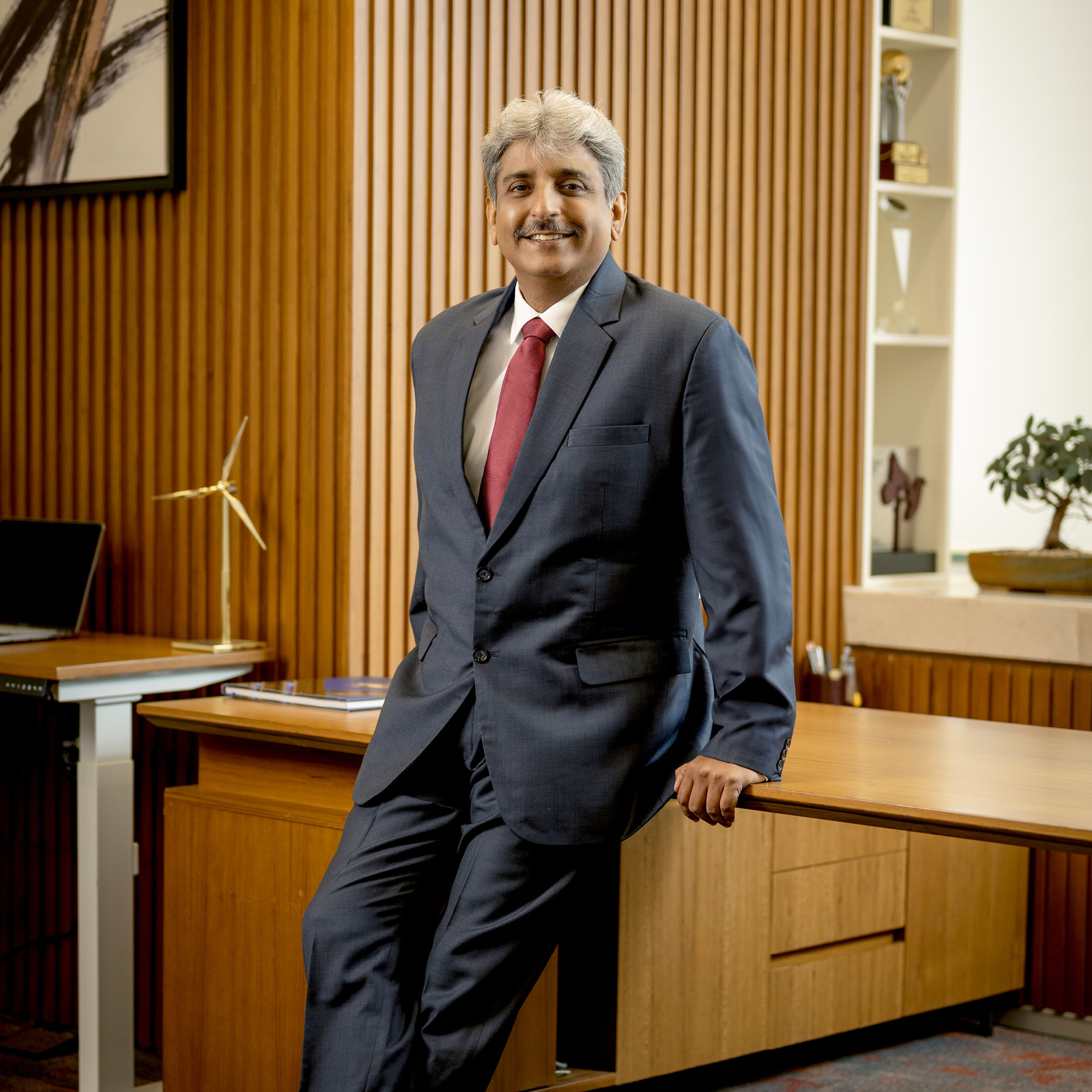
“We should always believe that we can make the world a better place to live in.”
This requirement for sustainability fits neatly with the mission of the business: to leave the world in a better place.
“We want to be the cleanest clean energy IPP developer in the country. We’re already water positive, our offices run completely on green energy and we send zero waste to landfill,” he says.
“We should always believe that we can make the world a better place to live in. At Susten, our purpose is reimagining clean energy and empowering lives.”